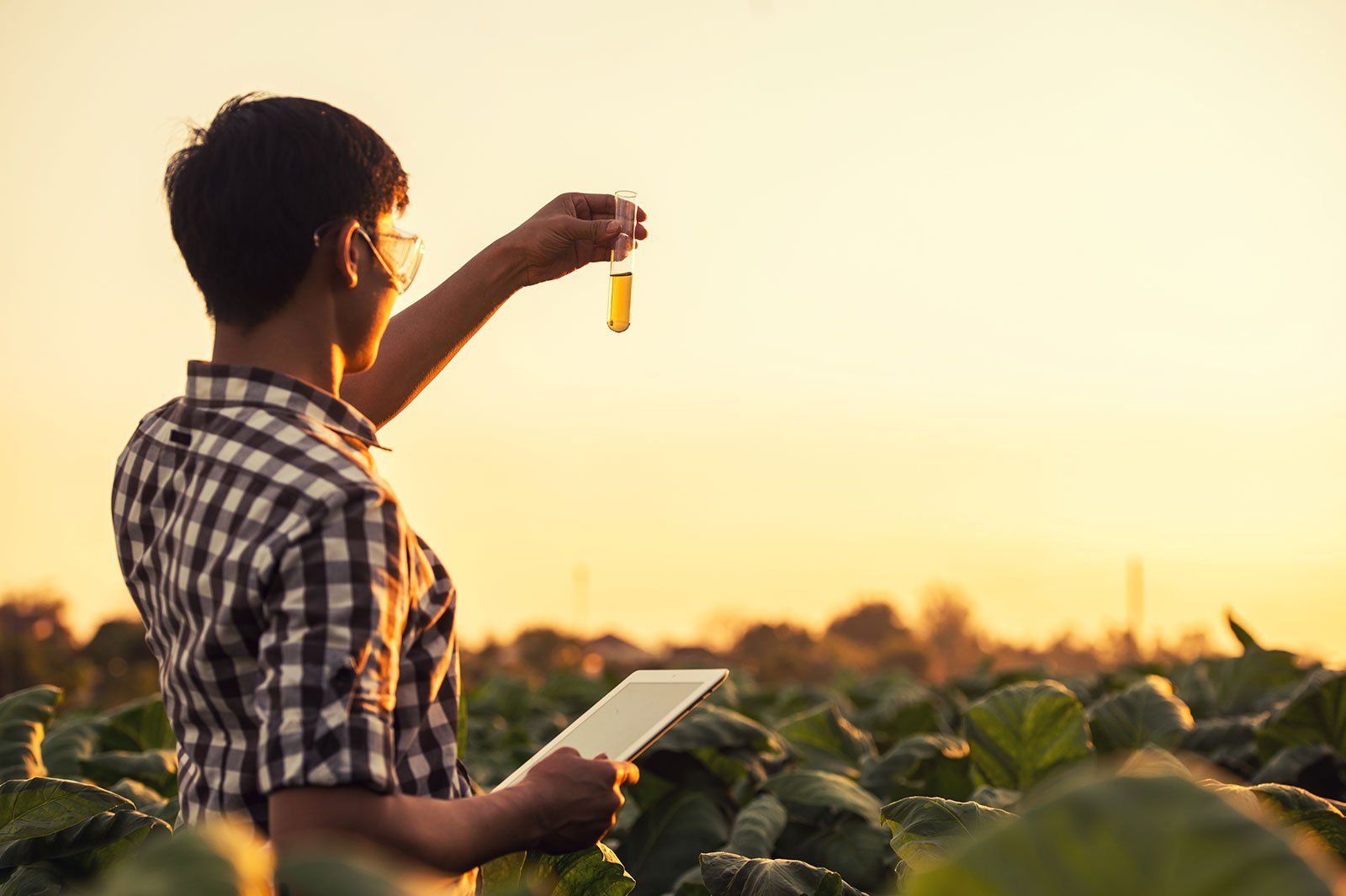1MG FlippingBooks
New CRC to drive future of food production
The federal government announced today $35 million in funding over ten years for the new Future Foods Cooperative Research Centre (CRC) to position Australia as a global leader in the provision of premium, fresh and customised foods.
Initiated by the NSW Farmers Association, the Future Foods CRC will invest in sustainable regional agrifood systems and value-added and differentiated food products, co-located with airports to enable rapid freight to the growing domestic and Asian markets.
“This really is exciting news for farmers,” said NSW Farmers President James Jackson. “Demand for high value food goods creates massive opportunities for farmers and for new food industry clusters in regional towns.”
The CRC will establish six food hubs across Australia – in Western Sydney, Coffs Harbour, Armidale, Darwin, Mildura and the Peel Region of WA – as regional centres of production excellence, providing new specialised career pathways and the resulting social and economic benefits to these areas.
Areas of particular interest for the CRC will be ‘free from’ foods such as organic produce and products for allergy sufferers – a global market already worth $3.4 trillion – and nutritious convenience meals. The CRC will also develop new technology for intensive cropping, create logistical tools to support the rapid export of perishable goods and commit to advanced precision nutrition science to underpin the commercialisation of niche products.
“The CRC will respond to the growing trend for a move away from commodity food production to niche, nutrient-focused products,” said National Farmers' Federation President and Chair of the Future Foods CRC Fiona Simson. “Through the development of new technologies, products and services, the objective is to position Australia as the leader in the provision of fresh nutritious, safe and sustainable food products.”
The government’s investment of $35 million will be reinforced by an extra $149.6 million in kind to be provided by the CRC’s 56 partners, including Research partners UNSW, Western Sydney University, Murdoch University, Queensland University of Technology, University of New England and Charles Darwin University.
You can find out more about the Future Foods CRC by visiting the website.

















